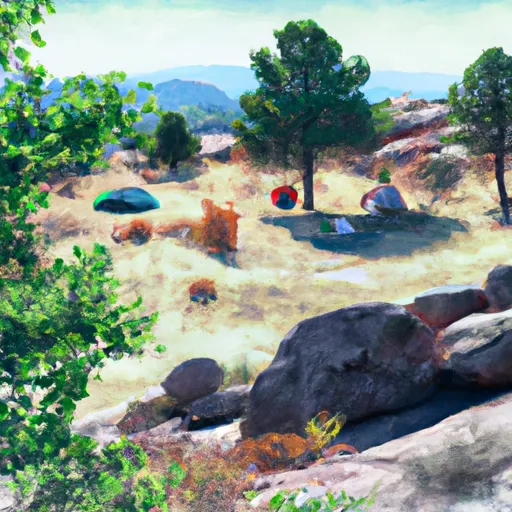Summary
The park has been designated as a UNESCO World Heritage Site and is home to the highest peak in Texas, Guadalupe Peak. The park offers visitors a chance to explore a unique ecosystem with over 300 different species of birds, numerous hiking trails, and stunning geological formations.
Some reasons to visit Guadalupe Mountains National Park include the hiking opportunities, the diverse wildlife, and the opportunity to explore the unique geology of the area. The park is home to several unique features such as McKittrick Canyon, which is known for its colorful fall foliage, and the Salt Basin Dunes, which are the largest gypsum dunes in the world.
Visitors to the park can also explore the historic Frijole Ranch, which was built in the 1870s, and learn about the history of the settlers who lived in the area. The park is also home to several Native American rock art sites, which give visitors a glimpse into the cultural history of the area.
The best time to visit Guadalupe Mountains National Park is in the spring or fall when temperatures are more moderate. Summers can be hot, and winters can be cold and snowy. Visitors should also be prepared for sudden weather changes as the park is located in a high-altitude desert environment.
In summary, Guadalupe Mountains National Park is a unique and stunning destination for those looking to explore the natural beauty of Texas. With hiking trails, diverse wildlife, and unique geological formations, there is something for everyone to enjoy in this breathtaking park.
Weather Forecast
Park & Land Designation Reference
Large protected natural areas managed by the federal government to preserve significant landscapes, ecosystems, and cultural resources; recreation is allowed but conservation is the priority.
State Park
Public natural or recreational areas managed by a state government, typically smaller than national parks and focused on regional natural features, recreation, and education.
Local Park
Community-level parks managed by cities or counties, emphasizing recreation, playgrounds, sports, and green space close to populated areas.
Wilderness Area
The highest level of land protection in the U.S.; designated areas where nature is left essentially untouched, with no roads, structures, or motorized access permitted.
National Recreation Area
Areas set aside primarily for outdoor recreation (boating, hiking, fishing), often around reservoirs, rivers, or scenic landscapes; may allow more development.
National Conservation Area (BLM)
BLM-managed areas with special ecological, cultural, or scientific value; more protection than typical BLM land but less strict than Wilderness Areas.
State Forest
State-managed forests focused on habitat, watershed, recreation, and sustainable timber harvest.
National Forest
Federally managed lands focused on multiple use—recreation, wildlife habitat, watershed protection, and resource extraction (like timber)—unlike the stricter protections of national parks.
Wilderness
A protected area set aside to conserve specific resources—such as wildlife, habitats, or scientific features—with regulations varying widely depending on the managing agency and purpose.
Bureau of Land Management (BLM) Land
Vast federal lands managed for mixed use—recreation, grazing, mining, conservation—with fewer restrictions than national parks or forests.
Related References

 Shumard Campground
Shumard Campground
 Shumyard Canyon Backcountry Campground
Shumyard Canyon Backcountry Campground
 Guadalupe Peak Campground
Guadalupe Peak Campground
 Pine Springs - Guadalupe Mountains National Park
Pine Springs - Guadalupe Mountains National Park
 Pine Top Campground
Pine Top Campground
 Bush Mountain Backcountry Campground
Bush Mountain Backcountry Campground